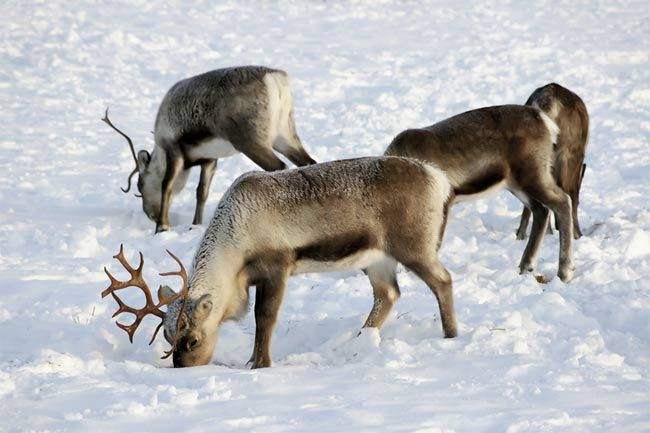Researchers discovered that the animals combine sleeping and digestion after extracting reindeer brain data.
Santa’s reindeer :
As the festive season approaches, the enchanting image of Santa’s reindeer diligently pulling the sleigh captures our imagination. However, beyond their magical role in holiday lore, reindeer possess remarkable biological adaptations that continue to captivate scientists. Recent research has unveiled a fascinating aspect of reindeer behavior: they can multitask by sleeping while chewing. This revelation opens a window into the intricate balance these creatures strike between their need for rest and the imperative to digest food, shedding light on the wonders of nature.
ALSO READ : Orange Rivers : Unraveling The Mysterious Transformation Of Alaska’s Rivers Into Shades Of Orange
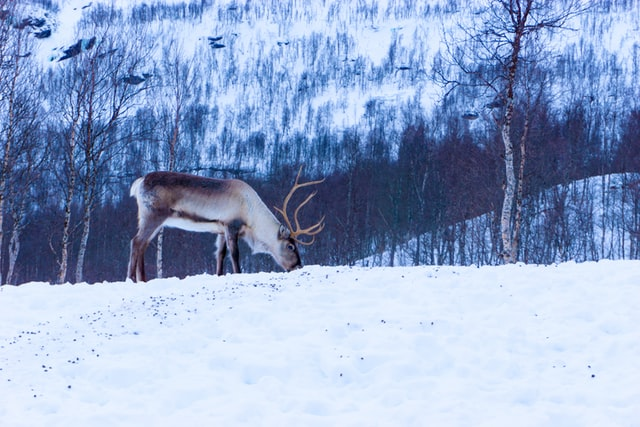
The study:
Conducted by researchers from the Norwegian Institute of Bioeconomy Research in Tromsø, Norway, the study employed non-invasive electrodes attached to the reindeers’ scalps, using a method known as EEG. Over four days in winter, summer, and autumn, the team collected brain activity data from four adult female rein deer. The experiment involved exposing the animals to constant darkness, constant light, and natural day-night cycles.

The summer munch: Balancing digestion and sleep
In the wild, reindeer face the challenge of finding enough food during the summer months to prepare for the harsh winter ahead. Feasting on foliage becomes a critical activity, but sleep is equally important for their overall well-being. The study, published in the journal Current Biology, unveils the rein deer’s unique strategy of combining rumination, the process of chewing cud, with sleep.

Research methodology:
To unravel the mysteries of reindeer multitasking, researchers collected data on brain activity from four adult female rein deer. Using non-invasive electrodes attached to their scalps, a method known as electroencephalography (EEG), the team monitored the rein deer’s brain waves. This data collection took place over four days in each season, with the animals exposed to constant darkness, constant light, and natural day-night cycles.
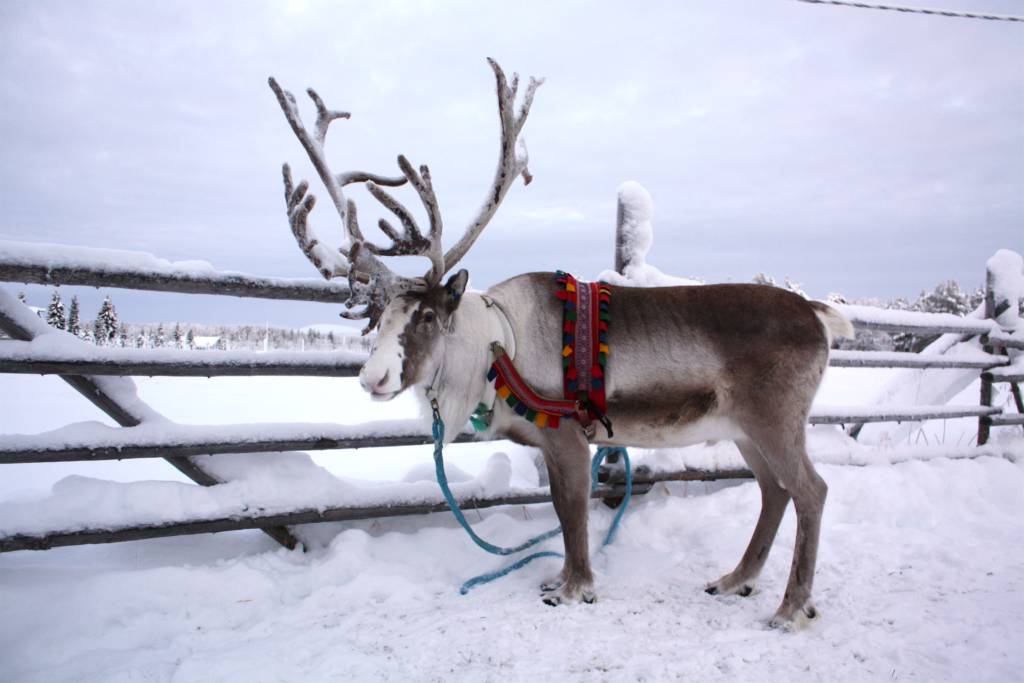
Sleep patterns and multitasking:
Surprisingly, the researchers discovered that reindeer maintained consistent sleep patterns throughout the seasons, indicating that their brains regulate sleep duration similar to humans. The study observed both rapid eye movement (REM) and non-REM sleep phases, with the proportion of time spent in each phase remaining steady.
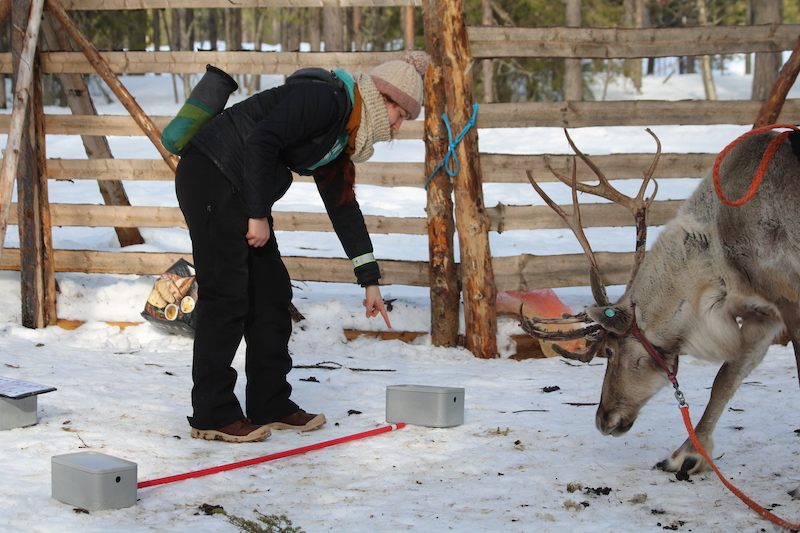
Disturbing the reindeers’ sleep in two-hour intervals led to heightened slow-wave activity, indicating a compensatory sleep requirement. Interestingly, the researchers observed a subsequent reduction in this activity after the rein deers engaged in cud-chewing, alleviating their sleepiness. This finding underscores the intricate relationship between sleep patterns and specific behaviors in rein deer, shedding light on potential mechanisms for managing their restorative sleep needs.

Rumination and sleep-like states:
Examining EEG data and behavioral observations, researchers discovered that during rumination, rein deer entered a sleep state akin to non-REM sleep. This cud-chewing sleep pattern remained consistent across seasons, suggesting a potential link to the captive setting. In this controlled environment with readily available, easily digestible food, the rein deer’s sleep behavior exhibited stability, shedding light on the influence of captivity on their natural rhythms.
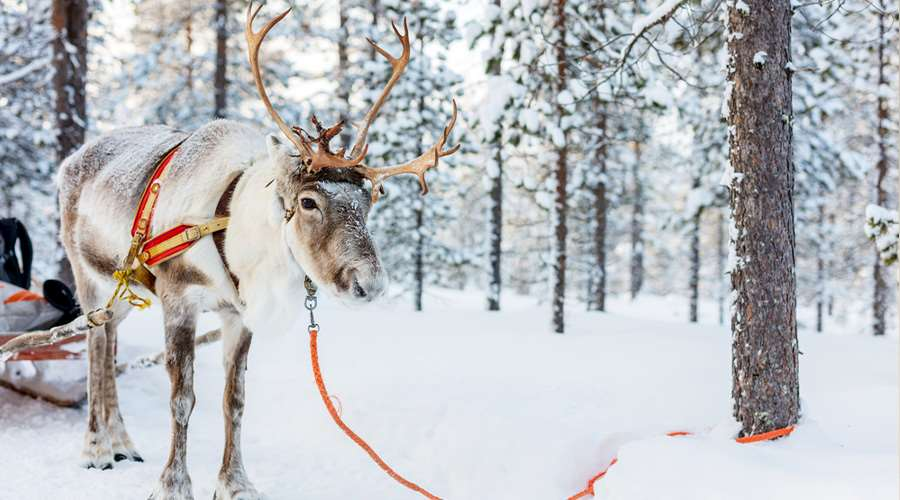
Implications for wild reindeer:
This unique adaptation may confer a survival advantage, allowing wild rein deer to efficiently balance the demands of digestion and activity during the brief summer. The researchers suggest that the ability to sleep while processing food is especially vital as rein deer intensify their efforts to store fat for the upcoming winter, when food becomes scarce. This intriguing behavior highlights the species’ remarkable ability to navigate the challenges of seasonal cycles, ensuring their resilience in harsh environments.
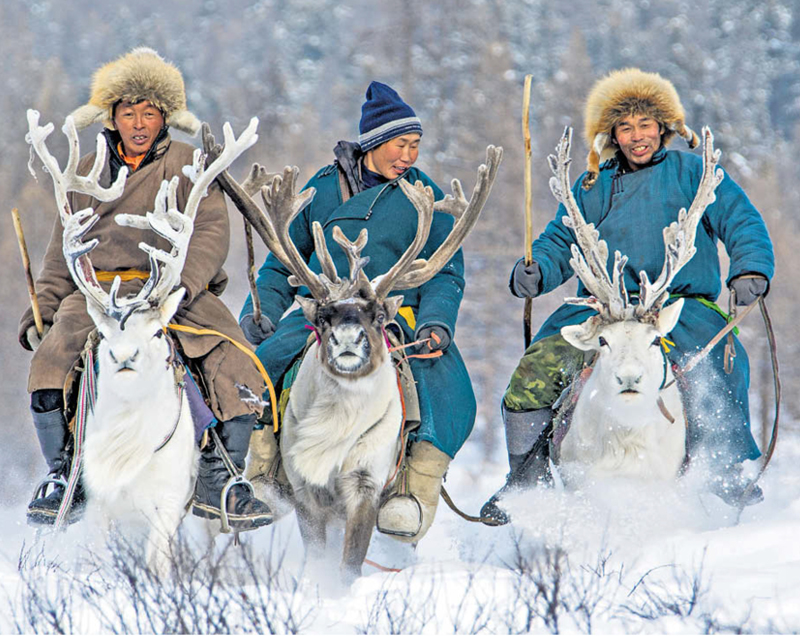
Conclusion:
The multitasking abilities of rein deer, particularly their capacity to chew and sleep simultaneously, provide a unique insight into the adaptive strategies of these remarkable creatures. Understanding how rein deer balance essential activities throughout different seasons not only deepens our appreciation for their resilience but also highlights the interconnectedness of biological processes in the animal kingdom. As we celebrate the holiday season, let us marvel at the wonders of nature, embodied by Santa’s trusty rein deer, and the extraordinary capabilities that make them a symbol of festive joy.
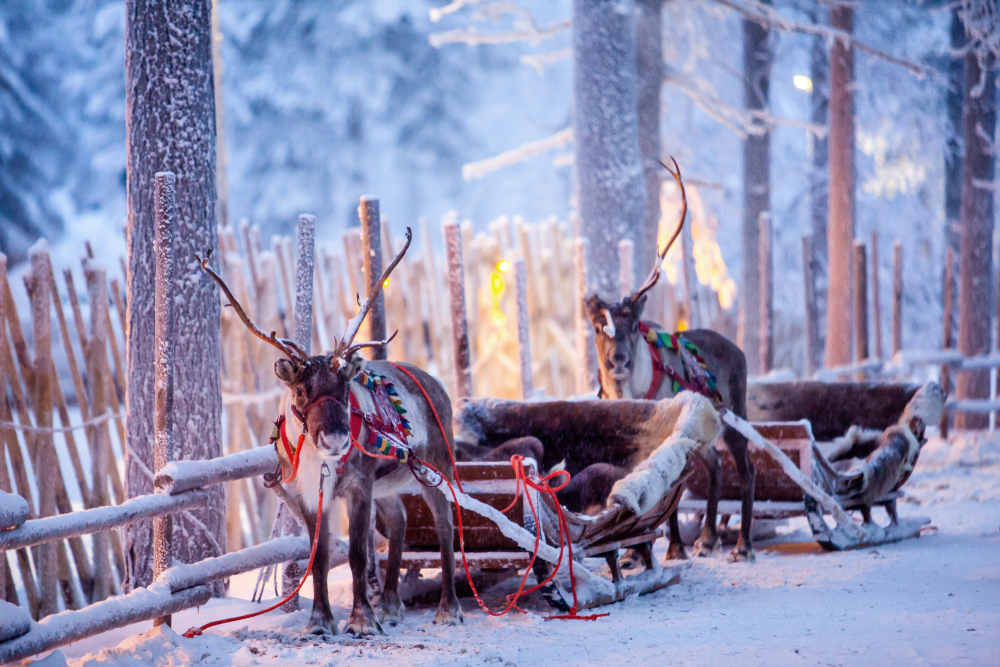
To explore more news : Click Here
ALSO READ : Psychedelic Mushrooms And Santa Intriguing Connection : Unraveling The Mysterious Bond With These Fungi







